All-time High
All-time Low
Volume(24h)
167.73M
Turnover rate
9.74%
Market Cap
1.7225B
FDV
4.9B
Circulating supply
687.52M
Total supply
1.96B
Max supply
Website
Contracts
Explorers
https://filfox.io/en?utm_source=cmc
https://filfox.io/en?utm_source=cmc
https://app.nansen.ai/token-god-mode?chain=bnb&tab=transactions&tokenAddress=0x0d8ce2a99bb6e3b7db580ed848240e4a0f9ae153
https://bscscan.com/token/0x0d8ce2a99bb6e3b7db580ed848240e4a0f9ae153
https://www.okx.com/web3/explorer/bsc/token/0x0d8ce2a99bb6e3b7db580ed848240e4a0f9ae153

Currency Calculator
{{conversion_one_currency}}
{{conversion_two_currency}}
| Exchange | Pairs | Price | Volume (24h) | Volume % | Confidence | Liquidity Score | Earn |
|---|---|---|---|---|---|---|---|
| {{val.marketPair}} | {{val.price}} | {{val.volume24h}} | {{val.volumePercent}} | Low Moderate High | {{val.effectiveLiquidity}} | Buy / Sell | |
Community sentiment

26%
74%


Bullish

Bearish
| Exchange | Pair | Price | Volume (24h) | Volume % | Confidence | Liquidity Score | Earn |
|---|---|---|---|---|---|---|---|
| {{val.marketPair}} | {{val.price}} | {{val.volume24h}} | {{val.volumePercent}} | Low Moderate High | {{val.effectiveLiquidity}} | Buy / Sell | |
About Filecoin
Where Can You Buy Filecoin (FIL)?
Ahead of the Filecoin mainnet launch, [Gemini](https://coinmarketcap.com/exchanges/gemini/) and [Kraken](https://coinmarketcap.com/exchanges/kraken/) have announced support for FIL. [Huobi](https://coinmarketcap.com/exchanges/huobi-global/) will list FIL after the mainnet goes live. For more information about buying crypto, see CoinMarketCap’s easy guide [here](https://coinmarketcap.com/how-to-buy-bitcoin/).
How Is the Filecoin Network Secured?
Filecoin is secured through proof-of-replication and proof-of-spacetime. In the Filecoin network, nodes that are also known as retrieval miners are in competition to serve clients with data as quickly as they can. They are then rewarded with FIL fees, which encourages a network of nodes that want to replicate and preserve files. Storage miner nodes are constantly competing for contracts to provide storage to clients to a specific length of time. When a storage miner and their client agree on a deal, the storage miner holds the client’s data in a sector and “seals” it to create a unique copy of that sector’s data. Storage miners are rewarded with FIL by clients as deal fees, and these miners can also mine blocks and receive a block reward.
How Many Filecoin (FIL) Coins Are There in Circulation?
Protocol Labs [describes](https://filecoin.io/blog/introducing-the-filecoin-economy/) Filecoin’s tokenomics, or economic model, as a “market for data” where users can sell their storage space to other users, who are looking to rent. Five stakeholders will be able to trade tokens: developers, clients, miners, token holders and ecosystem partners. There will also be three Filecoin markets, according to Protocol Labs: file storage, file retrieval and on-exchange token trading. In fall 2020, 400 miners participated in what was called the “Space Race” testnet phase, increasing Filecoin’s network data capacity by over 325 pebibytes; approximately 3.5 million FIL tokens will be released to the Space Race participants.
How Does Filecoin Work?
There are three parties involved in the Filecoin system: clients, storage miners, and retrieval miners. These groups of users interact closely with each other, concluding transactions, exchanging information, and making micropayments in $FIL. Clients pay for storing or retrieving data. They place an order on the online storage market, where a deal is subsequently concluded with storage miners. Storage miners, in turn, store client’s data and receive rewards. This group of users places files in free sectors of a hard drive, all actions are recorded in the blockchain, and clients receive private keys. Retrieval miners extract data at a request of a client. Clients place a trade on the off-chain Retrieval Market. Retrieval miners can also act as storage miners. Filecoin is based on IPFS where all data is stored on a peer-to-peer blockchain. To start the process, users choose miners to store personal data and pay for placement in FIL tokens. Thereby, miners execute trades, and receive participation fees and FIL rewards. The more storage miners offer, the higher the chances of getting rewarded. At any time, clients can check how their data is stored during a transaction, as proofs are fixed in the blockchain. The Filecoin network uses the Proof-of-Replication (PoRep), while the miners use the Proof-of-Spacetime (PoSt). Therefore, if a client wants to hopefully keep their data safe on the Filecoin network, then they must pay the miner. The cost is set by the open market, and the price is made up of several factors. In the open market, there is hyper competition among miners, where everyone puts forward their own minimum price for storage.
What Makes Filecoin Unique?
Filecoin aims to store data in a decentralized manner. Unlike cloud storage companies like Amazon Web Services or Cloudflare, which are prone to the problems of centralization, Filecoin leverages its decentralized nature to protect the integrity of a data’s location, making it easily retrievable and hard to censor. Decentralized storage systems like Filecoin allow people to be their own custodians of their data, as well as makes the web more accessible to people worldwide. Since participating in the Filecoin network by mining and storing is directly related to winning more block rewards, Filecoin incentives participants to act honestly and store as much data as possible.
Who Are the Founders of Filecoin?
Filecoin was founded by Juan Benet, who also created the Interplanetary File System. Benet is an American computer scientist who studied at Stanford University. After founding Protocol Labs in May 2014, he attended Y Combinator in the summer of 2014 with the intention of supporting both IPFS and Filecoin, as well as other projects.
What is filecoin (in)?
Filecoin is a decentralized storage system that aims to “store humanity’s most important information.” The project raised $205 million in an [initial coin offering](https://coinmarketcap.com/alexandria/glossary/initial-coin-offering-ico) (ICO) in 2017, and initially planned a launch date for mid-2019. However, the launch date for the Filecoin mainnet was pushed back until block 148,888, which is expected in mid-October 2020. The project was first described back in 2014 as an incentive layer for the [Interplanetary File System](https://coinmarketcap.com/alexandria/glossary/interplanetary-file-system-ipfs) (IPFS), a peer-to-peer storage network where users pay for data storage and distribution services in $FIL. Filecoin is open protocol and backed by a blockchain that records commitments made by the network’s participants, with transactions made using FIL, the blockchain’s native currency. The blockchain is based on both [proof-of-replication](https://coinmarketcap.com/alexandria/glossary/proof-of-replication) and [proof-of-spacetime](https://coinmarketcap.com/alexandria/glossary/proof-of-spacetime). Filecoin is open-source and decentralized, which means that all governance is in the hands of the community. On the Filecoin platform, developers have the opportunity to create cloud file storage services like Dropbox or iCloud. Anyone can join Filecoin and start storing their data or earn money by providing space for someone else's funds. The creators of Filecoin opted for their blockchain technology to run the network and their token with their own consensus. $FIL is the native currency of Filecoin that powers the entire network and all processes. Clients pay for transactions in FIL tokens. Miners place FIL as collateral, guaranteeing their services. The developers claim that Filecoin solves the problem of inefficient file storage and retrieval. Customers can find the right solution with an efficient set of tools and its core development, IPFS.
Filecoin News
-

Filecoin faces resistance, Dogecoin eyes ETFs, while BlockDAG's presale success signals a bullish trend. This is your insider's guide to crypto in the city.
Sep 11, 2025 at 04:00 am
-

Filecoin (FIL) faces resistance at $3.50, struggling for bullish momentum. Will it break through, or is BlockDAG the real crypto story?
Sep 11, 2025 at 02:04 am
-

Analyzing BlockDAG's presale success, Filecoin's price struggles, and Dogecoin's ETF hopes. Get the latest insights on these trending cryptocurrencies.
Sep 11, 2025 at 01:00 am
-

Backpack EU emerges as a pioneer, offering regulated perpetual futures in Europe, setting a new standard for crypto derivatives and compliance.
Sep 09, 2025 at 03:04 am
-

Filecoin exhibits bullish momentum fueled by strong volume, presenting a compelling case for investors. Key indicators and future prospects analyzed.
Sep 09, 2025 at 02:05 am
-

Exploring the fusion of AI, Big Data, and crypto projects, from promising advancements to cautionary tales of centralization.
Sep 06, 2025 at 03:45 pm
-

China's cautious approach to stablecoins risks ceding ground to faster-moving players, particularly the U.S., in the race for global monetary influence. Will China catch up?
Sep 05, 2025 at 01:07 pm
-

Explore the synergy between Eternal AI, Filecoin, and Hermes-4-70B in revolutionizing AI model storage, accessibility, and decentralized application development.
Sep 05, 2025 at 05:10 am
-

Raleigh shows its appreciation for first responders with events like the annual First Responders Appreciation Breakfast, fostering community bonds and recognizing local heroes.
Sep 04, 2025 at 05:38 am
Similar Coins









































































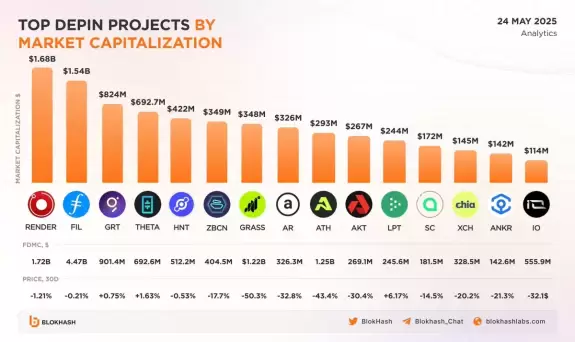

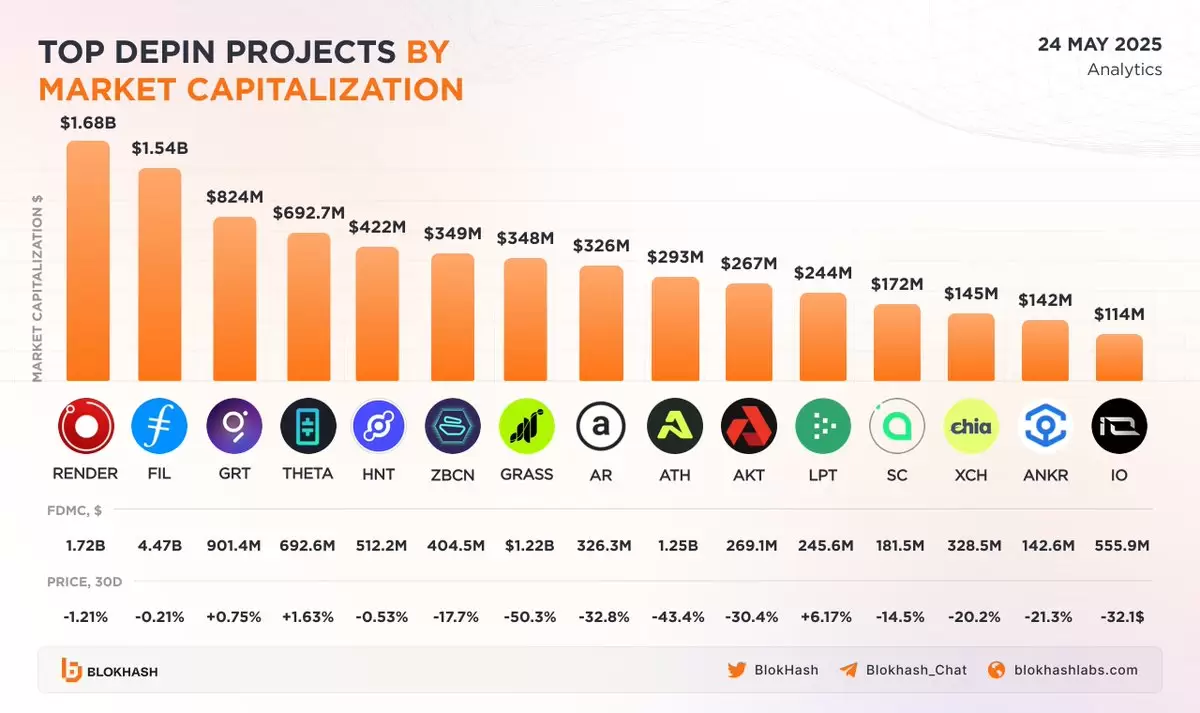
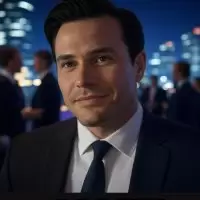




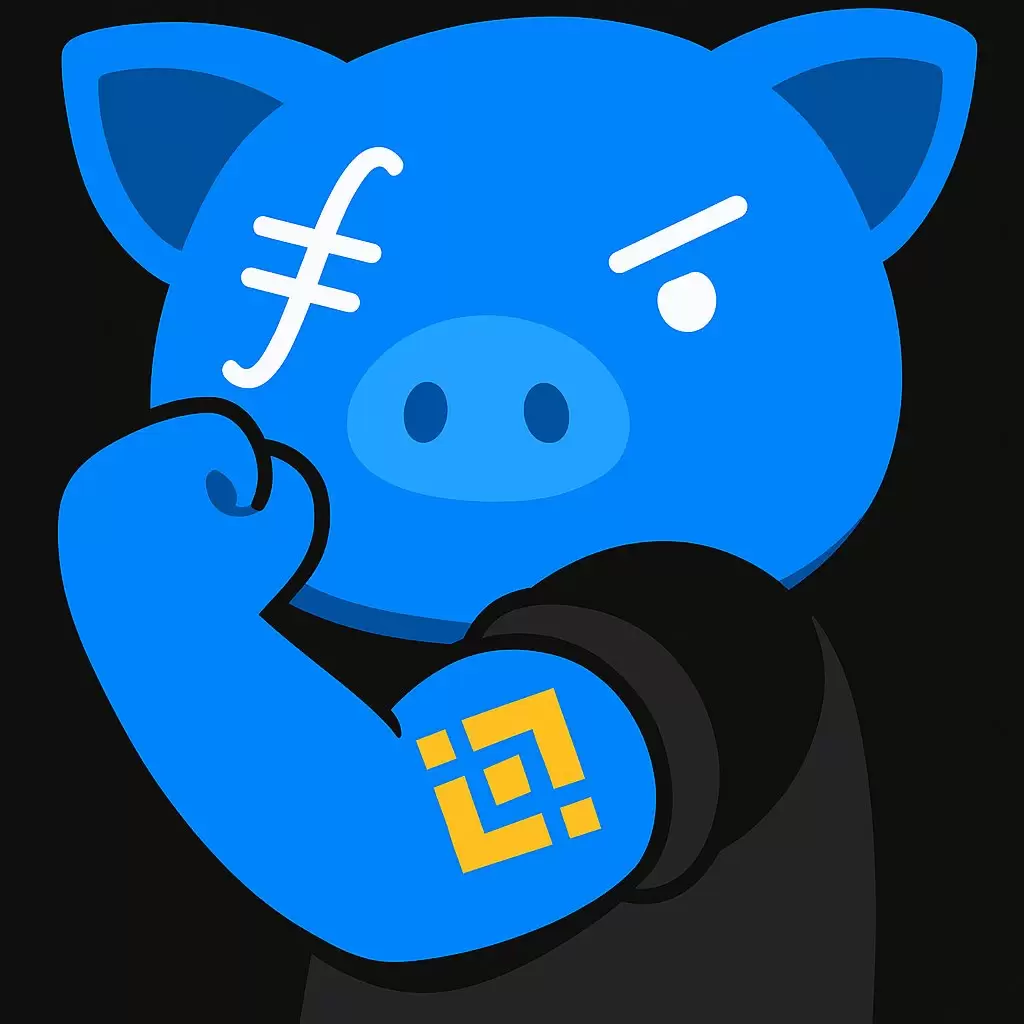



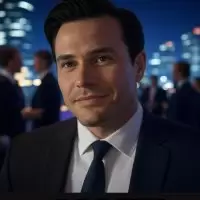
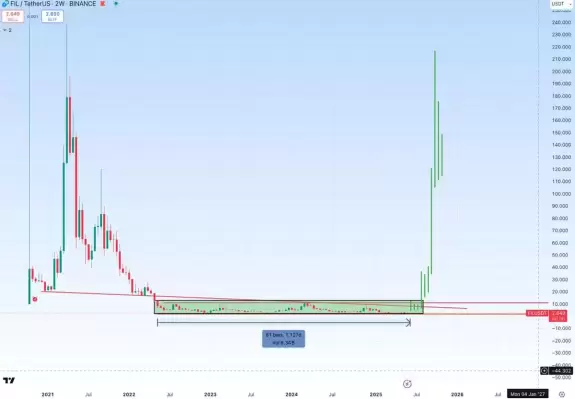

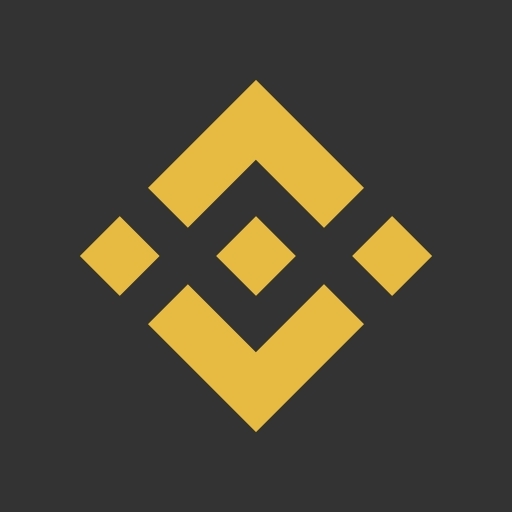
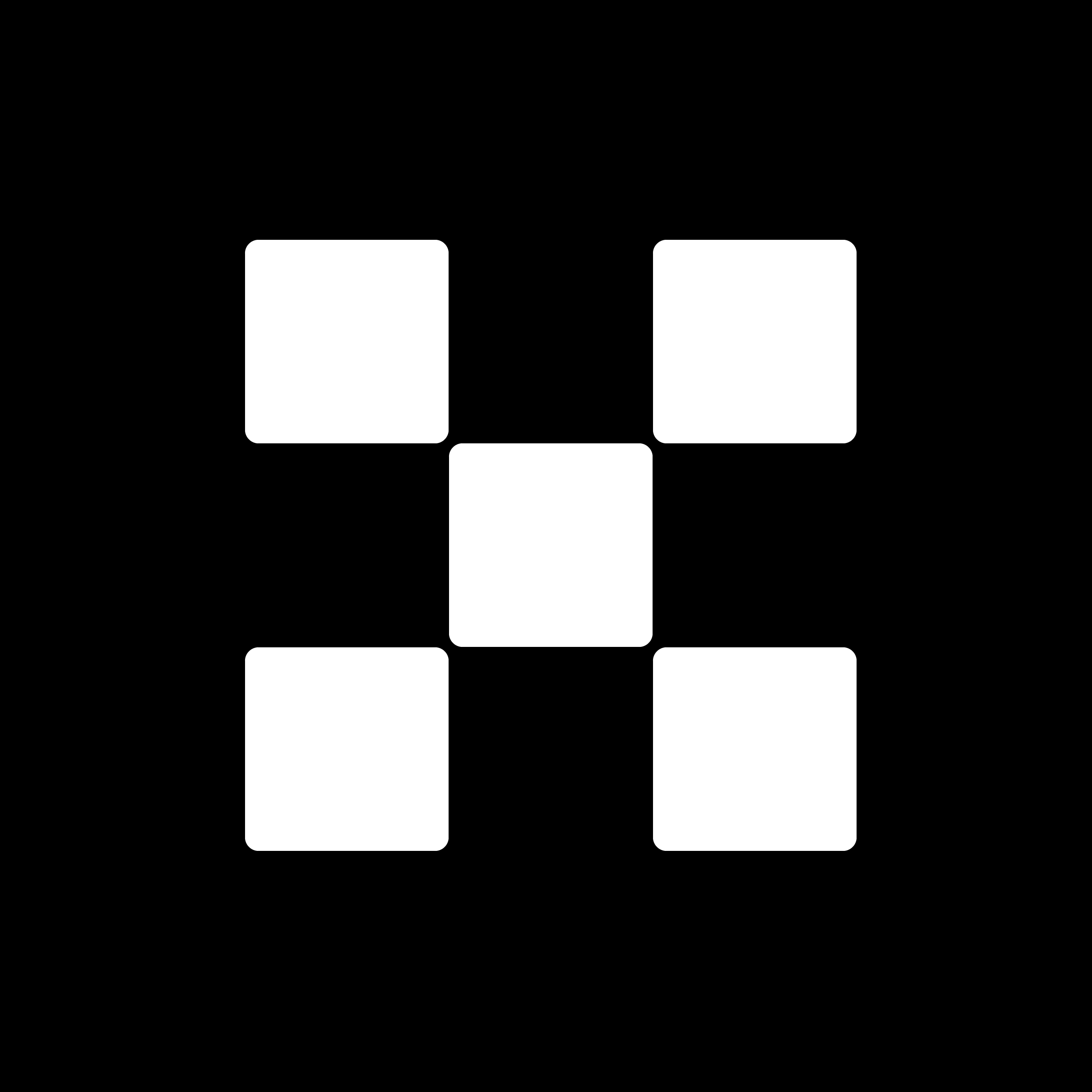

Twitter
GitHub
Close